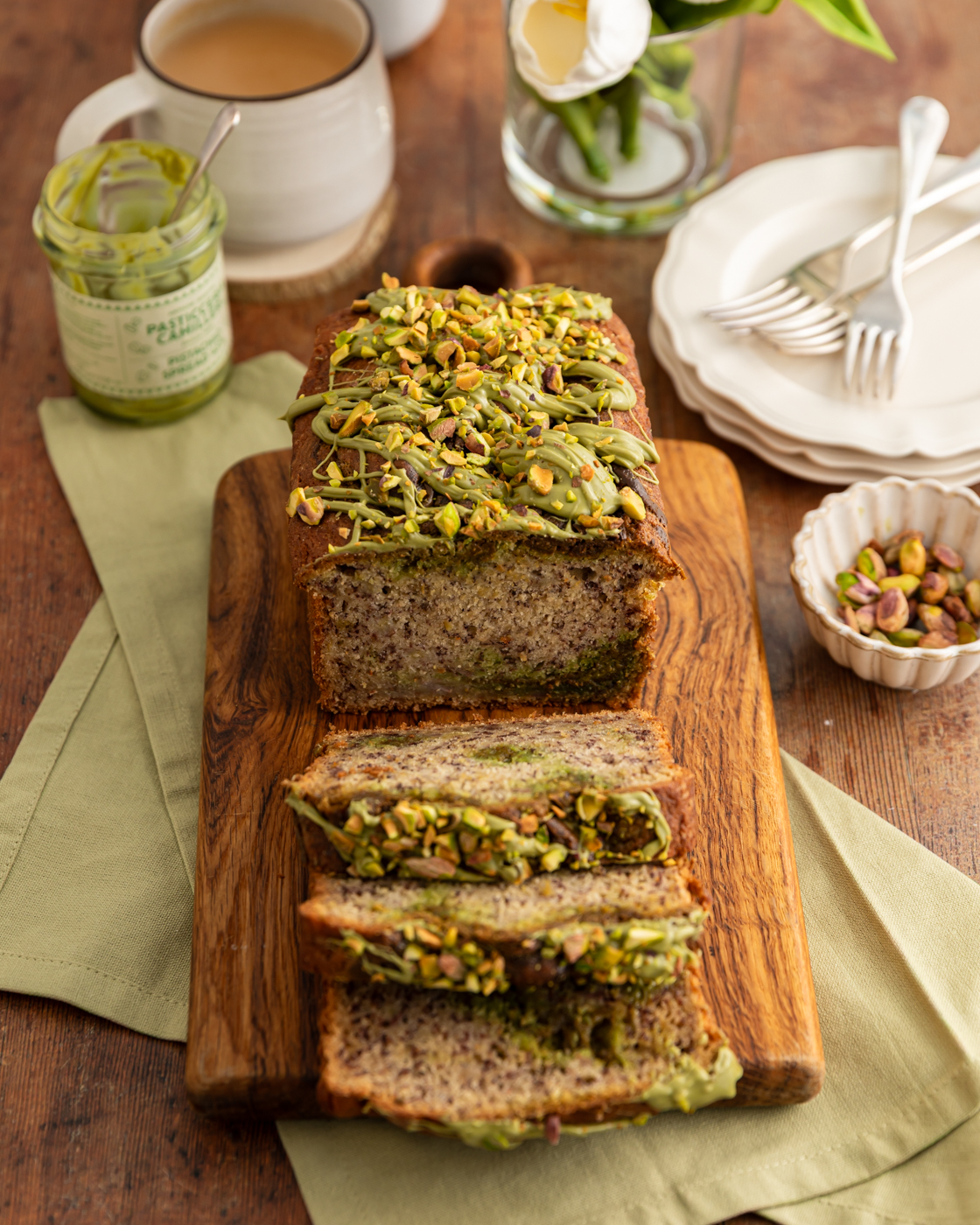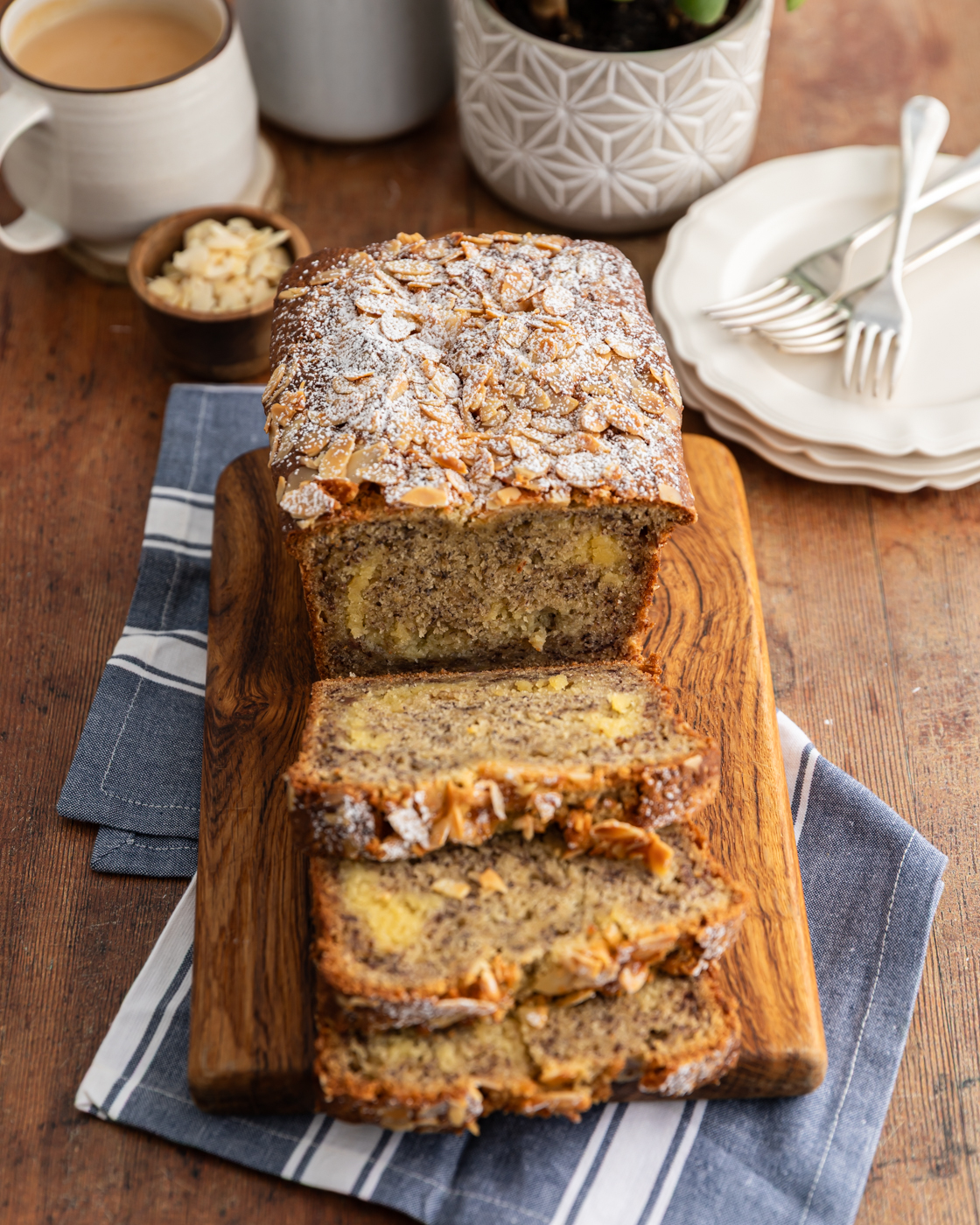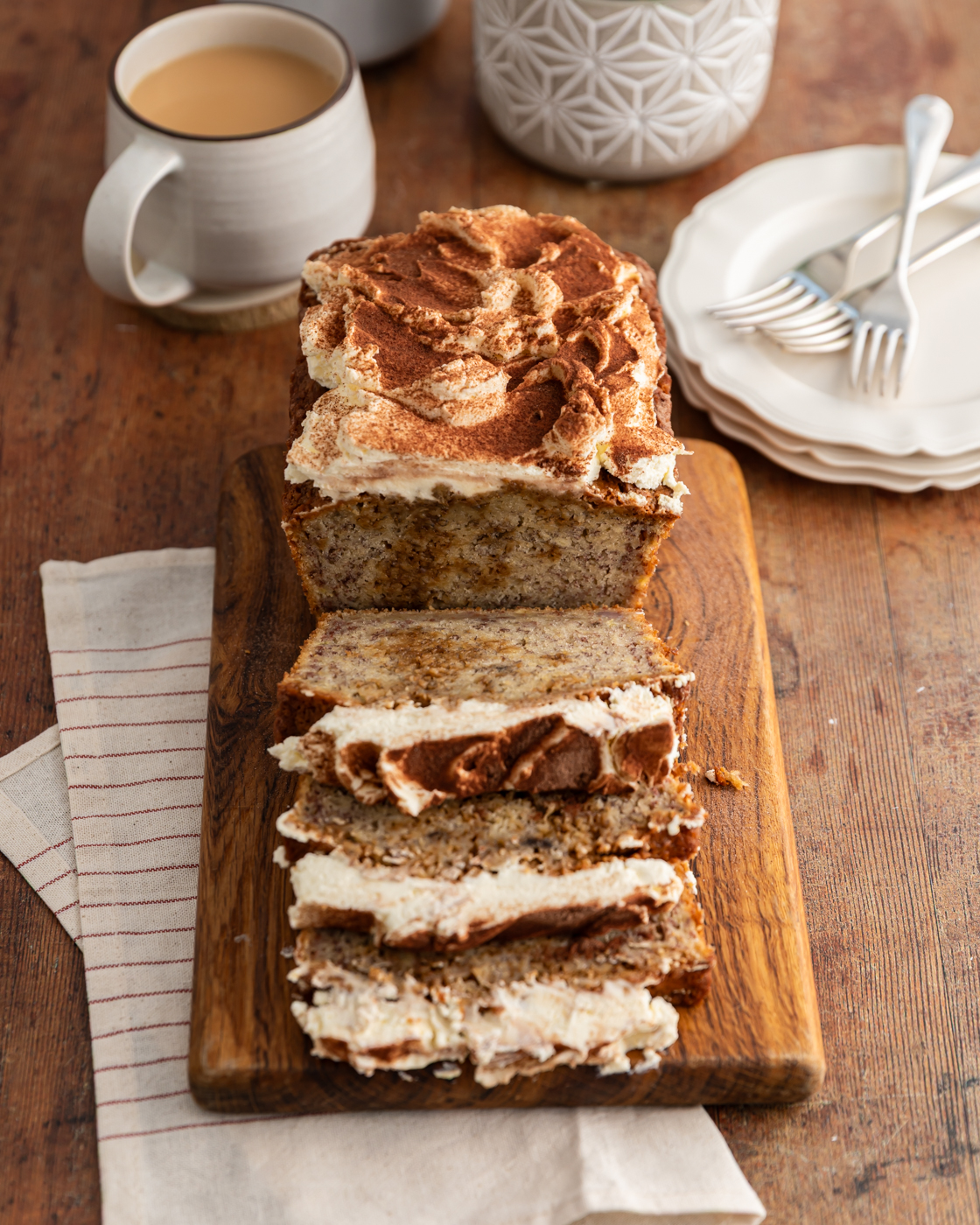

Homemade Baguettes
Intermed..
Learn to make homemade baguettes with Chef Patrick Ryan. Watch the full step by step tutorial here. Get more of Patrick’s bread recipes here.
COOK IN
25 MIN
SERVE
6

Homemade Baguettes
Intermed..
COOK IN
25 MIN
SERVE
6
Introduction
Learn to make homemade baguettes with Chef Patrick Ryan. Watch the full step by step tutorial here. Get more of Patrick’s bread recipes here.
Ingredients
- 450g Strong White Flour
- 7g Salt
- 290ml Water
- 5g Fresh Yeast (or 2.5g/ generous pinch dried yeast)
- 500g Strong White Flour
- 10g Salt
- 300ml Water
- 10g Fresh Yeast (or 5g dried yeast
- Pre-fermented dough
PRE-FERMENTED DOUGH:
INGREDIENTS
Method
- 1. Day 1:
- 2. Combine the flour and salt together in a clean bowl.
- 3. Crumble the fresh yeast into the water and stir together to help the yeast dissolve.
- 4. Pour the yeasted water into the flour.
- 5. Combine all the ingredients to form a rough dough.
- 6. Turn the dough out onto a clean work surface and knead for 3 to 4 minutes.
- 7. Tip: Do not worry if your dough is slightly sticky or wet. Resist the temptation to add any extra flour. This dough is kneaded less than our usual doughs all we are looking for is the dough to roughly come together.
- 8. Place the dough into an oiled bowl. Cover with cling film and place into the fridge for 12-24 hours.
- 9. Day 2:
- 10. The next morning, remove the pre-fermented dough from the fridge.
- 11. In a large clean bowl combine the strong white flour and salt.
- 12. Crumble the fresh yeast into the water and stir together to help the yeast dissolve.
- 13. Pour the yeasted water into the flour.
- 14. Break the pre-fermented dough into smaller pieces and add it to the flour and water mix.
- 15. Breaking the dough into small pieces will make it easier to incorporate into the other ingredients once you begin to knead.
- 16. Start working all the ingredients together to form a rough dough.
- 17. Turn the dough out onto a clean work surface and knead the dough until the window pane affect has been achieved. This may take 8 – 10 minutes.
- 18. As you knead the dough you may find it to be a little wet and sticky, don’t worry, it is meant to be. Resist the temptation to add any extra flour, the dough will come together.
- 19. Once the window pane affect has been achieved place the dough into a large clean bowl that has been oiled. Cover with cling film and place the dough into the fridge for 18-24 hours.
- 20. If time is against you, this dough, once kneaded, can be left to proof and ferment at room temperature for 2 hours before knocking back and shaping. However, it is my recommendation to ferment the dough overnight in the fridge as this will help to produce a more complex flavour within the final bread. The dough will sit comfortably in the fridge for anywhere between 12 to 36 hours.
- 21. Day 3:
- 22. Remove the dough from the fridge and turn out onto a clean work surface then knock back.
- 23. Divide the dough into even portions approximately 250g each.
- 24. Shape each portion of dough into a ball and allow the dough to rest on the work surface for 5 minutes.
- 25. This period of resting allows the gluten within the dough to relax which will help when it comes to the final shaping of the dough. Instead of trying to roll a baguette from start to finish in one go we do it in series of stages letting the dough rest and relax between each stage.
- 26. Working with one portion of dough at a time begin to form a baguette. Flatten out the dough evenly into a rough rectangle.
- 27. Taking the edge closest to you, fold the dough over about an inch then crimp the edges together as you roll. Fold the dough over again, and again, crimping the seams together.
- 28. Repeat one more time so that the dough resembles a sausage about 15cm in length.
- 29. Place the dough to one side leaving it to rest while you start to shape the next portion of dough. By the time each portion of dough has been pre-shaped, the first portion of dough is ready to undergo its final shaping.
- 30. Using the palms of your hands, start in the middle and roll the dough out, moving from the middle to outside as you roll. Roll the dough out to about 30 - 35cm in length.
- 31. Traditionally, and at our bakery, baguettes are shaped and placed to proof in a material called couche which in French means “sleep” as the baguettes will be going to sleep. Couche is a toughened linen which is used to support the baguettes as they proof in a similar way to a proofing basket. If you don’t have couche, a well-floured clean tea towel will work fine.
- 32. Arrange the baguettes seamed side up and side by side using the tea towel as a barrier between each. Leave the baguettes to prove for about 50 to 60 minutes.
- 33. Preheat the oven to 240°C fan assisted or its highest setting if your oven does not go that high. Place a baking tray into the base of the oven.
- 34. The dough is ready to bake when pushed lightly with your finger and it quickly springs back.
- 35. Gently roll each baguette out of the tea towel and lift on to a baking tray, placing the baguettes seam side down.
- 36. Score the baguette with 4 lines at a very slight diagonal along the length of the dough, the scores should overlap slightly.
- 37. Place the baguettes into the preheated oven and pour boiling water in the baking tray in the base of the oven to create a burst of steam. Bake for 20-25 minutes.









